Like a Moth to a Flame, Workers Unite
The Triangle shirtwaist factory fire continues to inspire and motivate current labor movements more than a century later.
Daisy Pitkin
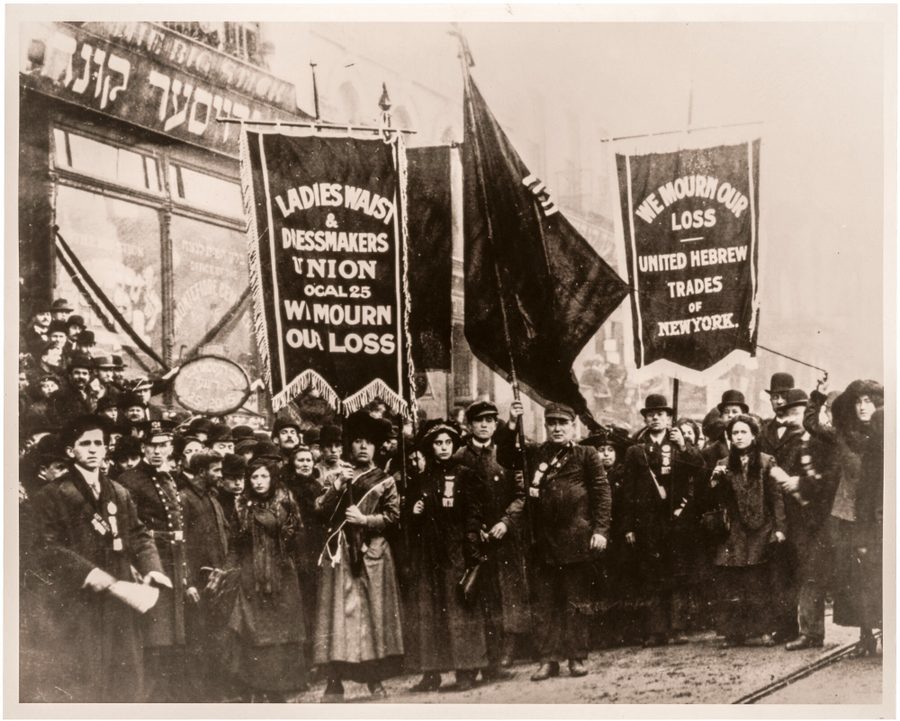
The first time I talked about the Triangle shirtwaist factory fire of 1911 was at a union training in early 2004. I got choked up and had to bite down hard on the edge of my tongue to let go the catch in my throat. I stood in front of 20 or 25 workers who were leading campaigns within the industries that were actively organizing in Phoenix: ironworkers, roofers, painters and laundry workers.
This was the first day of a three-day intensive training, and I was supposed to give a short history of UNITE (Union of Needle-trades, Industrial and Textile Employees), which was an offshoot of the legendary International Ladies’ Garment Workers’ Union. The short history I was supposed to recount was a story of dispersion, of a union chasing an industry from place to place around the world.
The Triangle fire was not necessary to this narrative. The fact of the fire, the fact that dozens of people, mostly women and girls, jumped eight or nine stories to escape it, the sound their bodies made on impact with the sidewalk — no one was expecting to hear about these things during a weekend training focused on how to conduct a union house visit. But by this time, we were a year into the campaign and I had started thinking about the emptiness of that broader history, how it didn’t feel anything like the work of organizing, how devoid it was of lives and bodies and of the often-gruesome reality of industrial work.
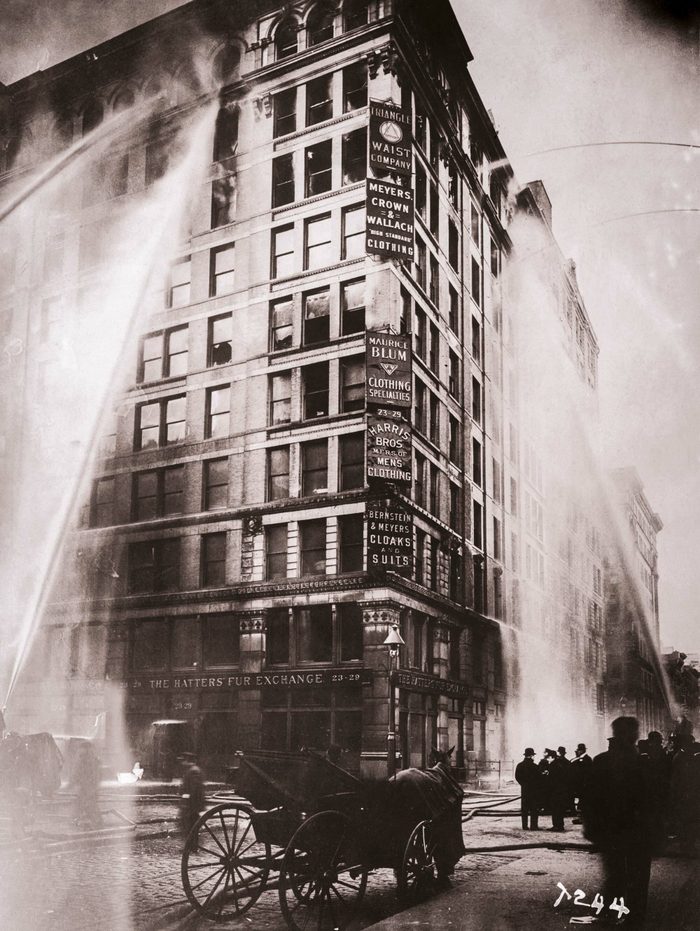
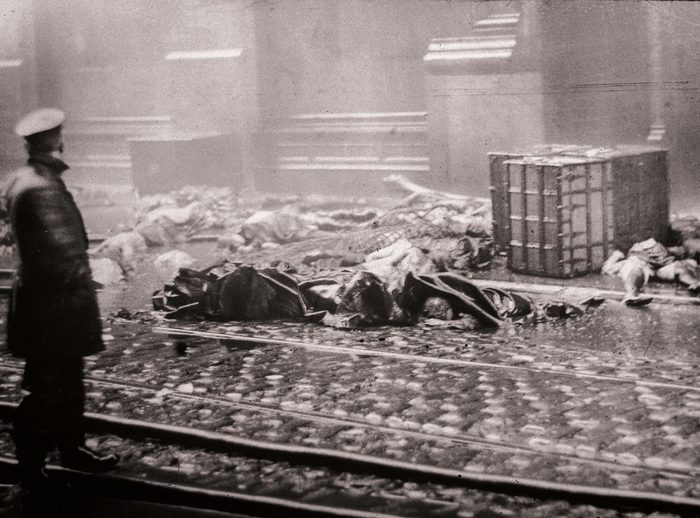
At training, I wanted to talk about fires and about people; about women and mainly immigrant women, fighting in what seemed to be echoing moments at both ends of a century. I started by saying that 100 years ago — even before the fire — garment workers were organizing in New York City, and that they were doing it, at first, shop by small shop. The only way to force companies to pay attention at that time — before workers had a federally supported pro- cess for holding union elections — was to strike, so the garment workers struck. They demanded better pay and shorter hours but also safer factories, to not have to rent chairs to sit in, to have sewing tables moved closer to windows to make it easier to see the needles, to be able to use the toilet when they needed to, to keep the factories clear of scrap fabric and piles of lint to stop the spread of fire.
That shop-by-shop strategy changed in 1909 when a worker named Clara Lemlich spoke out of turn at a union meeting and called for a general strike. The workers at the meeting rallied around her, and the next day they rose up into a strike that would grow 20,000 strong. I explained to my audience at the training that 13 weeks later most of the industry— in fact nearly every garment company except Triangle — acquiesced to the workers’ demands. They gave raises. They capped working hours. They put some basic safety practices into place. I had learned the story of this strike months before but had learned only the night before my talk at the training that the Triangle owners had held out, that they had refused to recognize the union and give in to any of these demands, and that the strike of 20,000 garment workers was settled without their compliance.
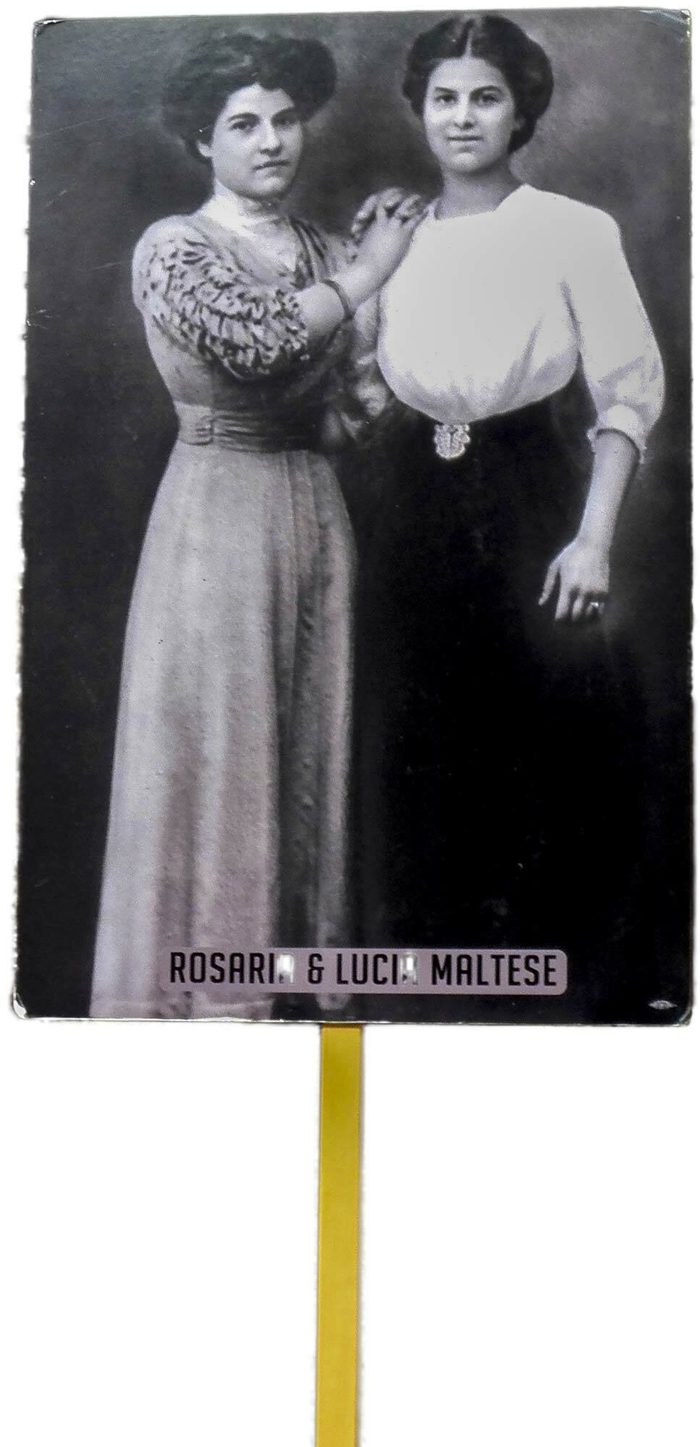
I got through this part of the story — the 1909 uprising and its aftermath — calmly, matter-of-factly, and, I imagine, very earnestly, as one does when conveying an urgent lesson not rooted in personal experience but in a collective past. And that’s how I felt about it, that the training was part of a long, nearly sacred tradition of teaching workers the skills they need in order to organize and win. But when I started talking about Triangle, the shirtwaist company that refused to settle with strikers and where, 16 months later, the most violent factory fire in US history would kill 146 workers, my voice broke, and I had to stop talking for a few moments and stand there, embarrassed, in the front of the room, before I was able to continue.
On the shop floor of the Triangle shirtwaist factory, one of the exit doors was locked — the company had grown concerned about workers stealing scraps of material, or spools of thread or time in the form of unsanctioned breaks, so they locked the door and then single-filed workers through the only other exit at the end of the day, making them turn out their pockets and purses for a security guard. When the fire swept through the factory, the workers were locked inside. They made their way to the windows, out onto the window ledges and then out onto the cornice of the building. Some of the workers jumped; some of them fell. The managers escaped to the roof through a doorway most workers couldn’t access and then climbed up and over to another building. From the safety of the roof next door, they could see bodies jumping/falling.
The story of the fire was not necessary to the training, but it was important to UNITE — both to its idea of itself, its origin and significance, and as a reminder of the urgency and high stakes of organizing, of what can happen if we lose. The telling and retelling of the story of the fire is an easy conduit to the anger that often serves as an engine to a fight. It works on me in exactly that way — reminds me how monstrously inhuman it is to disregard the lives of some humans so that other humans can eke a little more out of the world. But it does something else to me, too; it breaks me in a way that organizers are not really supposed to break, at least not the organizers I knew at UNITE, especially not at the telling of the stories we used to move others. It was not our place to be caught up emotionally in the work of organizing, outside of the righteous indignation that underlay everything we did. We were there to serve as guides, to help workers navigate their fights, which were not our fights, to win unions that were not our unions but belonged to the workers who had fought and risked and been moved to build them.
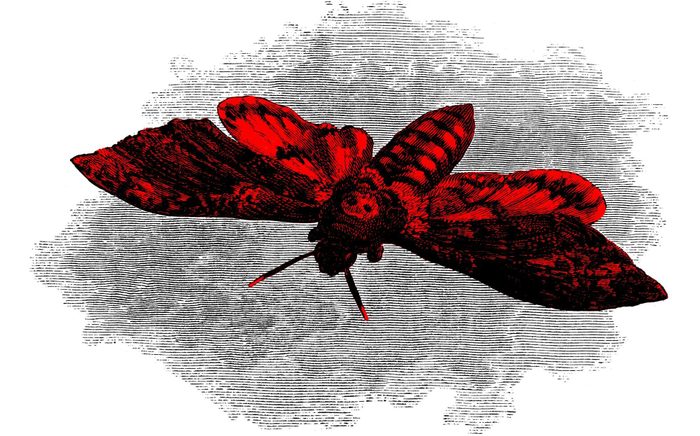
I had been nervous the night before the training — it was the first I’d ever helped to facilitate. I would be the youngest person in the room, one of only four women, and the only person not fluent in Spanish. I stayed up late, going over what I wanted to say, reading and rereading what I could find on the internet about the fire, practicing the words out loud. I scribbled notes and threw them out. Finally, I decided to trust that I would know what to say in the moment.
My reaction to my own telling of the story made the trainers from the other unions uncomfortable. They kept their distance for the rest of the day, as if they were afraid of contracting my too-thin skin. That night, during a palpably tense debrief, they rightly advised me to leave out any details about the fire the next time I ran a training. It was hard to listen to, they said, and I had taken more time than allotted. People don’t learn to organize through emotional outbursts, one of the trainers said. Organizing is a system, rational and teachable. There are five steps to a house call. There are plant maps and worker assessments. We collect data and analyze it. We build timelines, set clear goals, and then calibrate our tactics accordingly.
I believe in this system. But I’m not sure the trick of moving people without being moved, of telling stories meant to evoke emotion that I, the teller, was not meant to feel, helped to make the union (or me, or anyone) any stronger. After all, unions are built on solidarity, and solidarity is a form of closeness, maybe even intimacy, a network of deep connection that rewires a splintered collective. By definition it is “unity or agreement of feeling or action.” Feeling or action. What would it mean to build a union on both?
It was November 22, 1909, one year and four months before the Triangle fire, when 23-year-old Clara Lemlich stood up in the large meeting hall at Cooper Union and moved for a general strike. She spoke at first from the floor, where hundreds of workers had stood for over two hours listening to speakers — union leaders, all of them men, calling for cautious, deliberate action, trying to talk angry workers down from walking out of the city’s garment shops — their measured approach stemming from the belief that women workers were un-organizable, unwilling or simply physically unable to stick out a strike.
Clara interrupted Jacob Panken, a union organizer who had just begun to speak. She spoke in Yiddish, in a voice that seemed too loud to be pouring from her small body: “I have listened to all the speakers. I would not have further patience for talk, as I am one of those who feels and suffers from the things pictured. I move that we go on a general strike!”
At the end of the three-day training, we held a kind of graduation. I and the other facilitators handed out certificates to the workers who had participated, and then we all sat together and ate chicken and rice from El Pollo Loco. We joked with one another about the funny things that had happened during our long days together: Gaspar confusing inoculation with vaccination, which stuck and became the name with which we referred to that step of an organizing conversation in which we prepare workers for the company’s threats by anticipating them; the ongoing teasing about my terrible gringa accent; and other inside jokes. We were leaving the training prepared to launch separate fights across the city and in different industries, but we’d be there for each other, in solidarity, we promised. And we were. For the next several years, we showed up at each other’s rallies and strike lines, marches, and meetings.
When we’d finished eating, I asked if anyone had a final question or announcement, guessing someone would respond with another joke or an exaggerated call for me to just wrap it up already. For a moment, no one said anything, and then you raised your hand, Alma — a formality that brought a sudden seriousness to the room. You asked a question that stays with me still, though I don’t hear it in your voice or even in Spanish anymore — it comes as a memory of my own translation. You were wondering about the will to fight, a phrase I had used in my story about the shirtwaist strikers in 1909. Las ganas de luchar, I had said, and those were the words you used, too, when you asked. You wanted to know what drives some people to fight while others don’t, or don’t want to, or can’t. Everyone is afraid, you said. So what is it that pushes some people across the threshold of fear? Is it all rage? you wondered. Is it courage? Are the ones who fall down in their fear too afraid or just not angry enough?
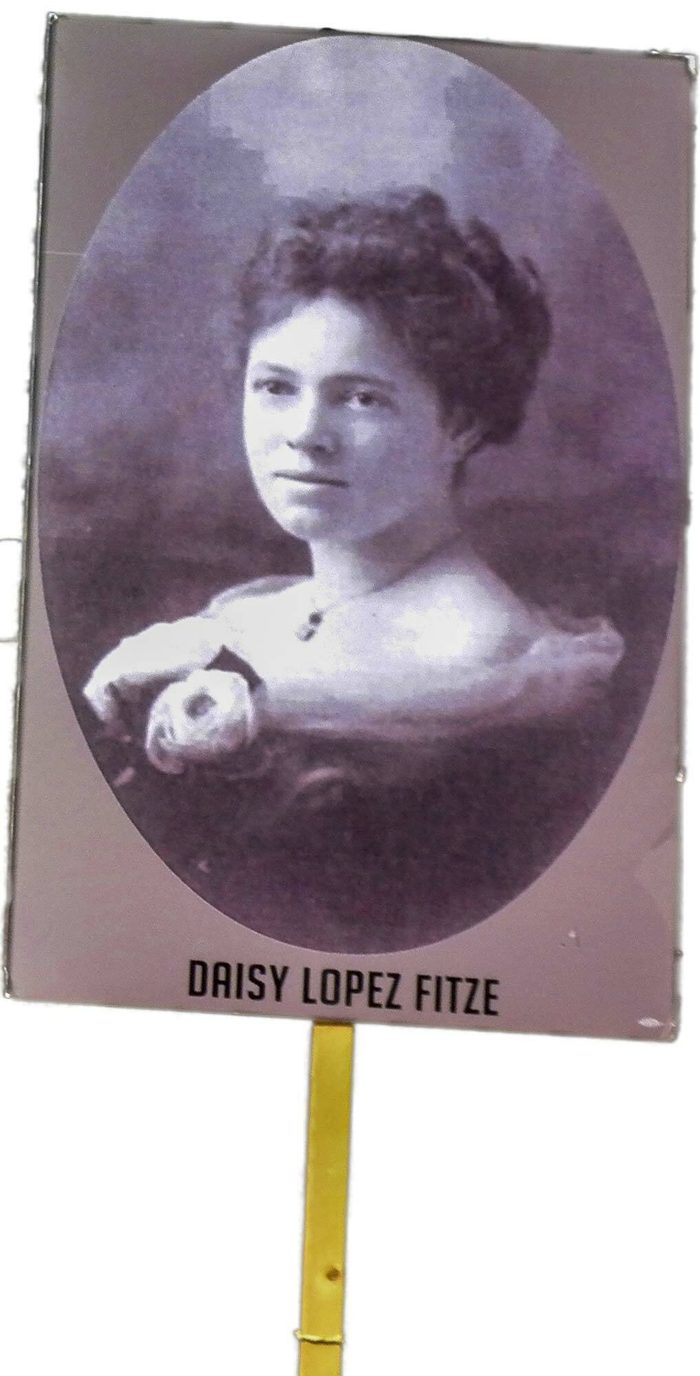
By this time, early in 2004, you and I had started calling ourselves Las Polillas — The Moths. At night in the motel I was reading a book about Las Mariposas, the Mirabal sisters, who worked clandestinely to oppose the Trujillo dictatorship in the Dominican Republic and were nicknamed The Butterflies. We joked that we were their ugly cousins, grinding out our organizing one house call at a time in the dust of south Phoenix, so driven by the will to fight that we were bludgeoning ourselves against the porch light.
In the years after I left the union, my fascination with moths grew. Among the things I learned is the nerve-racking fact that there is no definitive answer as to why moths are attracted to light, though people have wondered at the ill-fated-ness of the habit for a long time.
As is true of most idioms, like a moth to flame is short-hand for something harder to describe, in this case an irresistible, often irrational, attraction to someone or something that has the potential to lead to the desirer’s downfall. Most idioms work as shorthand because there is cultural agreement on their meaning. But interpretations of the relationship described by moth to flame seem to contradict each other; some placing agency with the moth as the active seeker of the flame, and others with the flame, luring the moth to its death.
We know that moths use transverse orientation, a kind of celestial navigation, to find their way — in as much as they do — in the dark. They orient their bodies to a source of light through a series of instinctive muscle contractions. As information from the light changes with the moth’s movement, its muscles react immediately and in concert with each other. The leading theory regarding their attraction to light is that moths have been unable to adapt this navigational strategy to humanmade points of light, that, by design, moth flight works as a func- tion of distance. They confuse our porch lights and campfires for the moon and then collide with them because they’ve evolved to know that orienting around the moon’s light will help them get somewhere, though not ever to the moon itself.
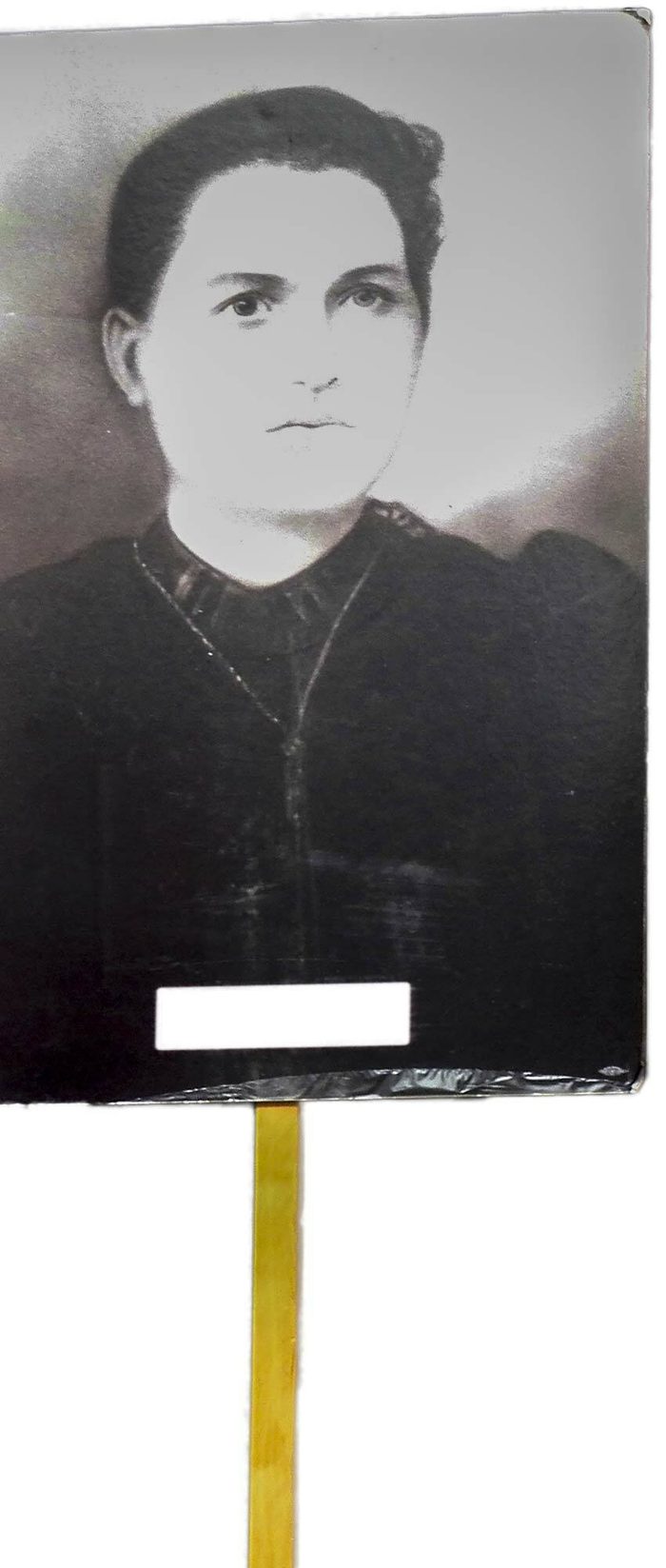
In 2012, archeologists in South Africa discovered the remnants of the oldest known campfire and dated it back 1 million years. If the leading moth-to-flame theory is correct, then moths have had 1 million years of human fires, of localized light, to adapt their navigation and have failed to do so. How has nature not selected out the trait of mistakenly burning oneself alive?
I was taken aback by your question at the end of the training: What drives a person to fight? I listened and nodded as one of the other trainers said something about struggles needing leaders and about it being the job of those leaders (Of you, here in this room, he said) to be courageous and to lead their coworkers through their fear. If I had tried to answer then, I think I would have said that people who fight and people who don’t aren’t very different from each other, or that the difference has less to do with anger or fear and more to do with vision — that some people can’t imagine or haven’t yet imagined what good a fight will do, can’t see a version of the world that doesn’t yet exist.
Now, having thought about this question nearly continuously since you asked it in 2004, I wonder if the will to fight is unrelated to vision or imagination, if instead it’s a kind of metamorphosis, a state of being so ravenous for change that you are changed. The skin tightens around the neck and body of the caterpillar, which is already walking around with parts of another, future body tucked inside. The you before the fight denatures, exploding into newness out of necessity. (“He must shed that tight dry skin, or die,” writes Nabokov of a caterpillar in its final stage.)
On The Line by Daisy Pitkin is available to order here: https://www.workman.com/products/on-the-line/hardback





